Spotify’s inclusion of Sultan Al Murshed its RADAR Arabia programme offers a glimpse into Saudi Arabia’s evolving cultural dynamics. While a personal triumph for Al Murshed, it also reflects the Kingdom’s broader ambition to amplify its presence on the global cultural stage.
For young Saudis, Al Murshed’s recognition marks a significant moment. It demonstrates that success need not come at the expense of cultural identity—a reassuring message in a country navigating rapid social and economic shifts. His visibility may inspire aspiring artists to explore new possibilities in music while redefining what it means to be a creative in Saudi Arabia.
Yet this cultural shift is not without its complexities. Among younger generations, a noticeable drift away from the Arabic language raises questions about the balance between embracing global norms and preserving local traditions. English is often seen as the language of opportunity and progress, while Arabic, for some, represents ties to a past they wish to distance themselves from. In this context, Al Murshed’s music stands out for its ability to bridge these divides. By weaving traditional Arabic sounds with contemporary elements, he reclaims cultural pride in a way that resonates with both local and global audiences.
Spotify’s spotlight on Al Murshed does not merely elevate an individual—it expands Saudi Arabia’s cultural presence globally. This is not just about a singular talent; it is about positioning Saudi music within a broader conversation about diversity in the international music ecosystem. Platforms like Spotify create opportunities for collaboration and artistic exchange, but the extent to which these initiatives generate sustained momentum for Saudi artists remains to be seen.
Ultimately, while programmes like RADAR Arabia highlight Saudi Arabia’s creative potential, they also underscore the delicate balance required to preserve cultural heritage in the face of modernisation. Artists like Al Murshed are central to this balancing act, showing that tradition and innovation can coexist—even if the path forward remains uncertain.
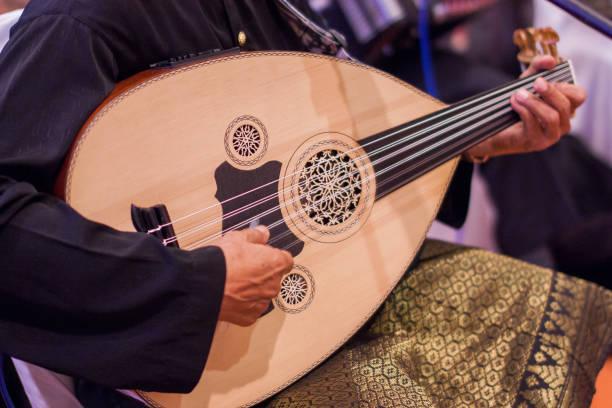
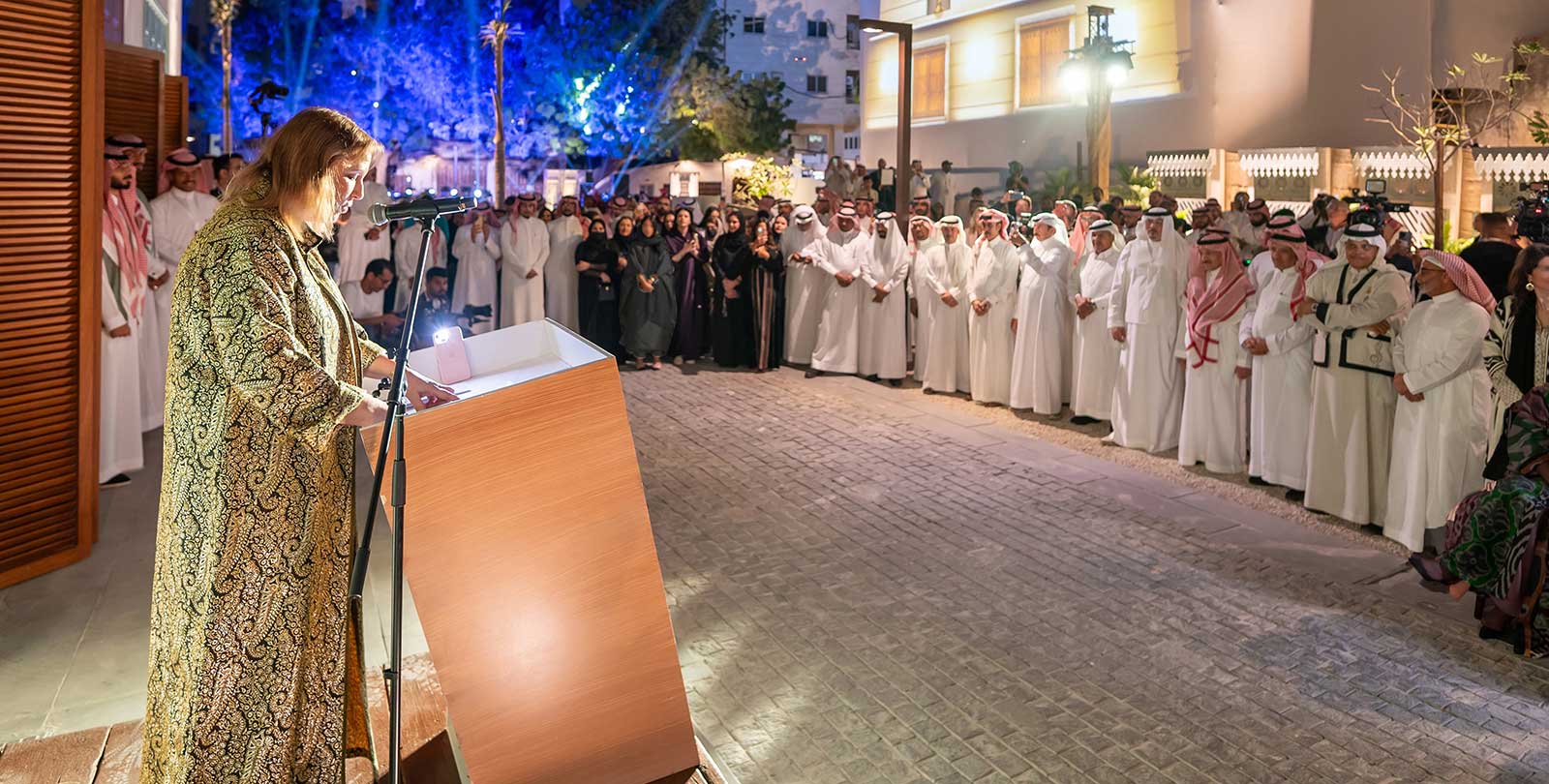
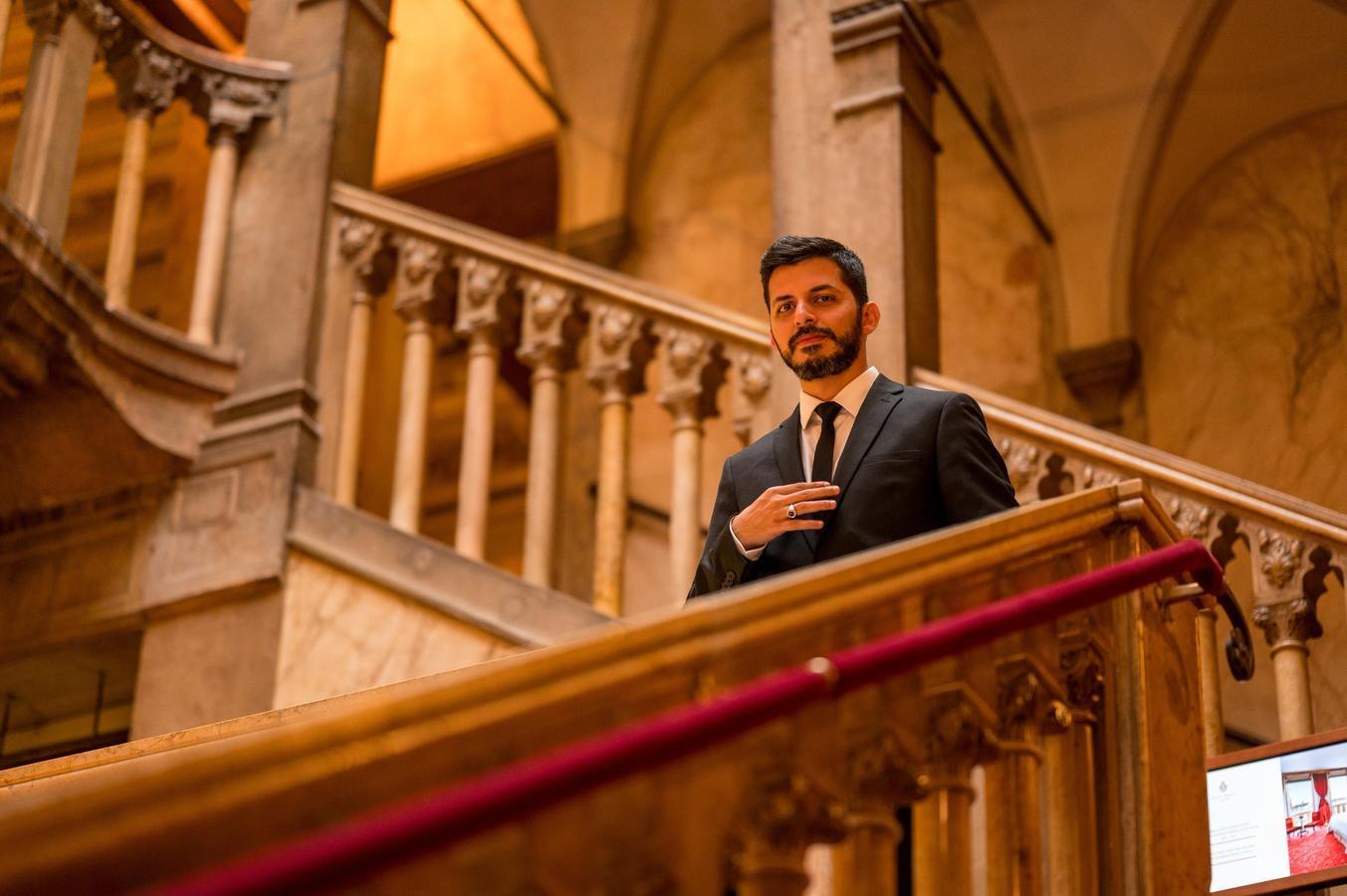
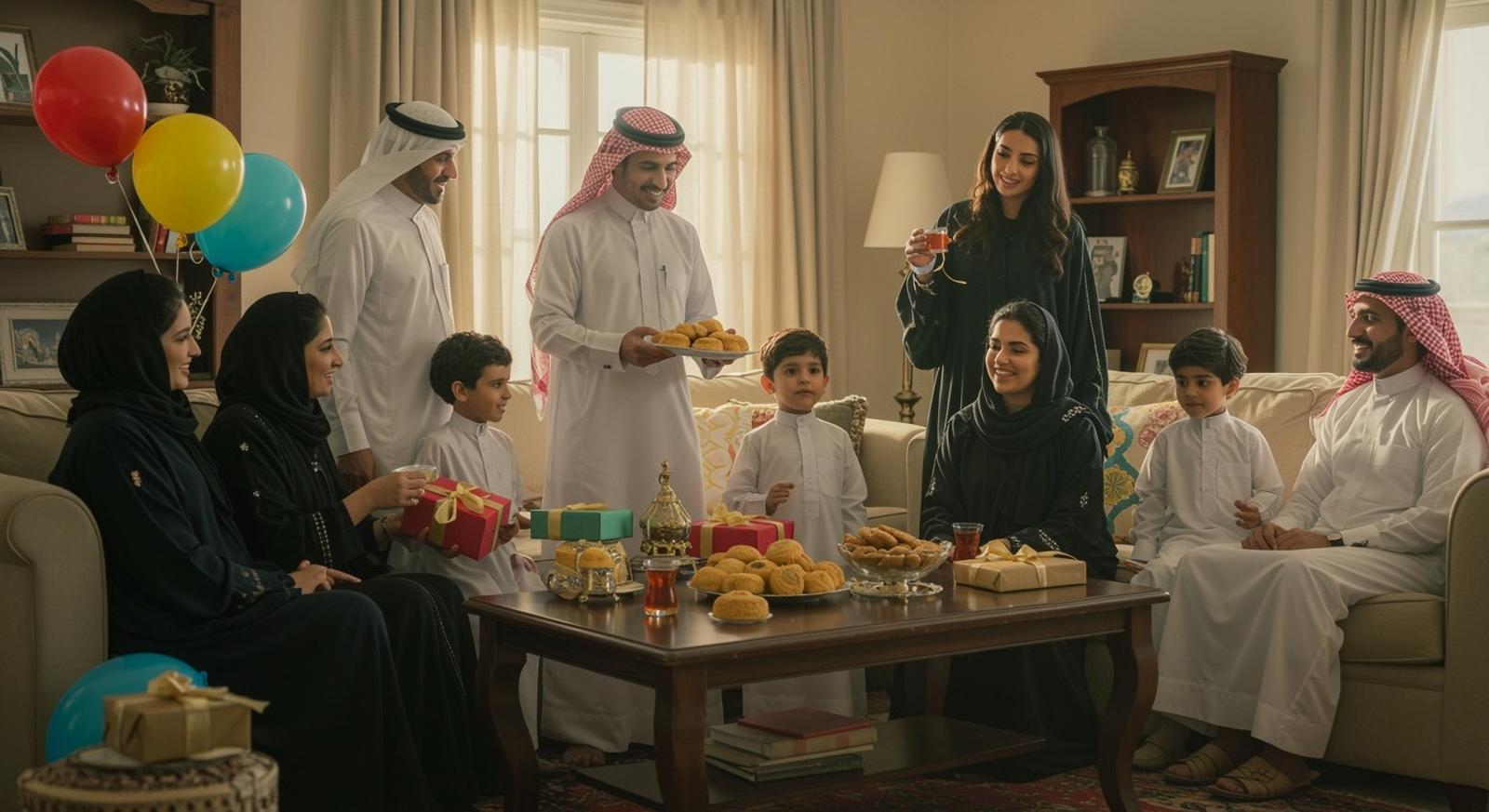

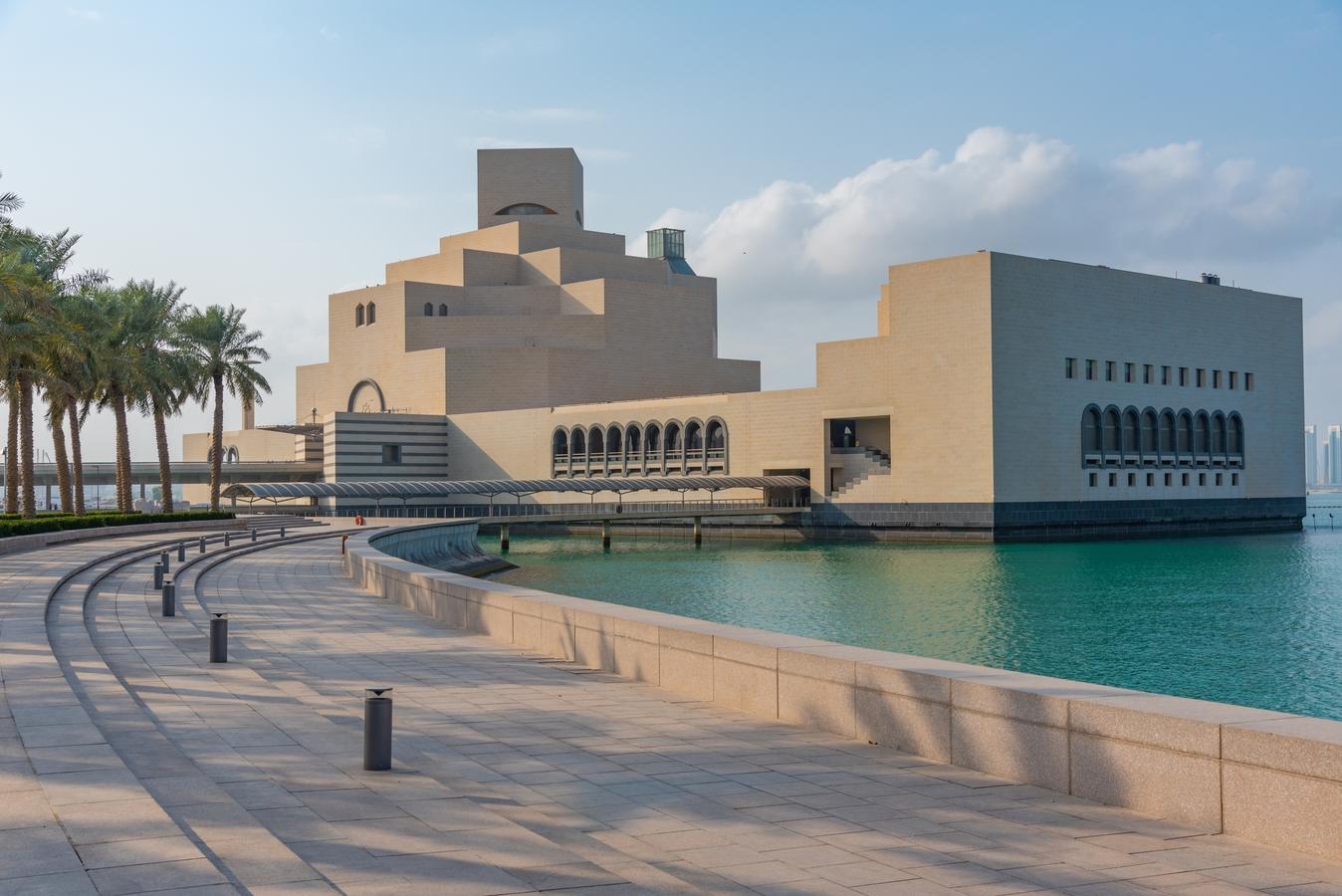



0 Comments
No comments yet. Be the first to comment!